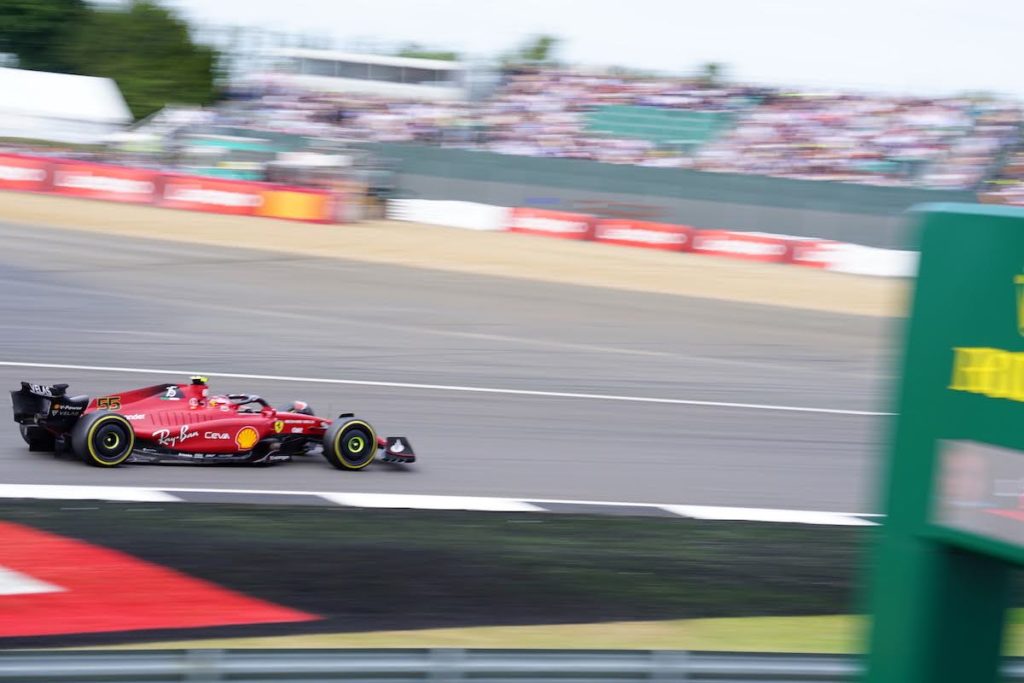
Which races will still be on the Formula 1 calendar in 2030? How will the sport’s drive for sustainability impact the schedule? Will F1 maintain its relevance in America? We ponder how the Formula 1 calendar might look at the start of the next decade.
Formula 1 faces an abundance of changes between now and the end of the decade. New manufacturers are set to join the sport, new engine rules are set to be introduced in 2026 and the push for sustainability will likely have far-reaching effects as the 2020s draw to a conclusion.
How Formula 1 will navigate the coming years is not entirely clear just yet, though the sport has made public confirmations of certain plans which are taking shape, such as grouping races on the calendar together by geographic location. It has also made long-term commitments to racing in certain territories.
Formula 1’s ever-expanding calendar reaches a record-breaking new length in 2023, with 23 races currently planned. Questions continue to arise over how far the Formula 1 calendar can grow before it becomes oversaturated and, more importantly, puts too much of a strain on those working in the paddock.
The sport has enjoyed a boost in popularity in the United States so far this decade. Time will tell whether stateside interest will continue to develop or begin to decline over the coming years, and the effect that will have on the look of the future F1 calendar.
We’ve taken an in-depth look at the key issues which Formula 1 will face between now and the next decade to assess how the Formula 1 calendar may look in 2030.
Which races will still be on the Formula 1 calendar in 2030?
We’ll start with the easy part: the races which are guaranteed slots on the Formula 1 calendar at the start of the next decade. Though Formula 1 does have the power to terminate contracts with promoters, as it did with the Russian Grand Prix in 2022 following the country’s invasion of Ukraine, it’s more than likely that existing contracts with circuits will be honoured, barring any unforeseen circumstances.
Seven races are confirmed to remain on the Formula 1 calendar until 2030 and beyond. The Australian Grand Prix holds the longest contract; racing will continue at Albert Park until at least 2037. Bahrain International Circuit sits just behind, with the Bahrain Grand Prix currently contracted to remain on the schedule until 2036.
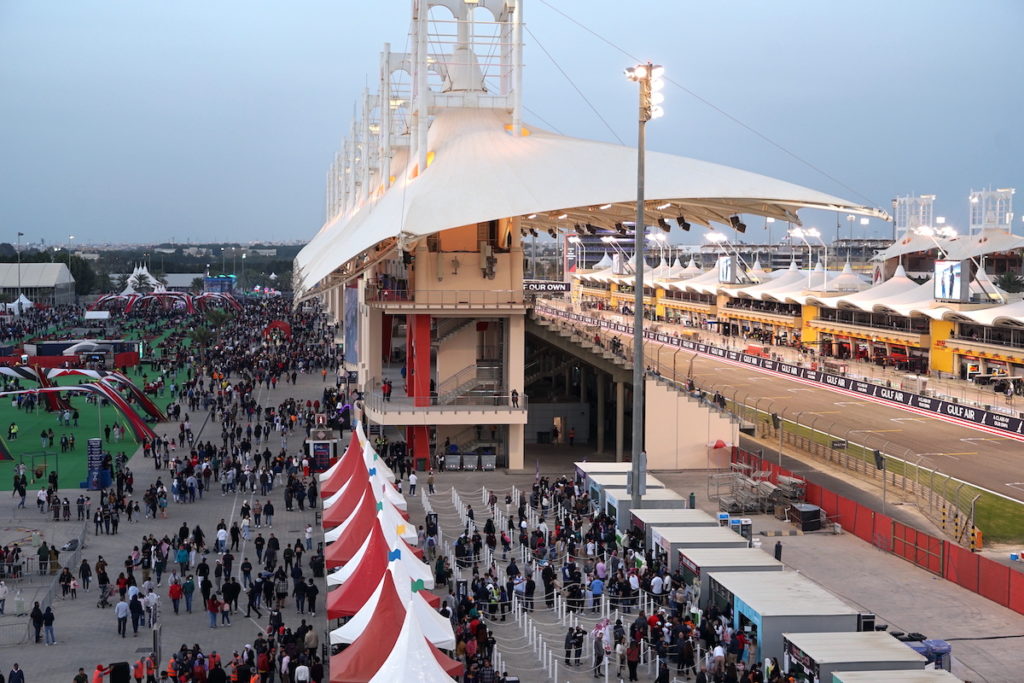
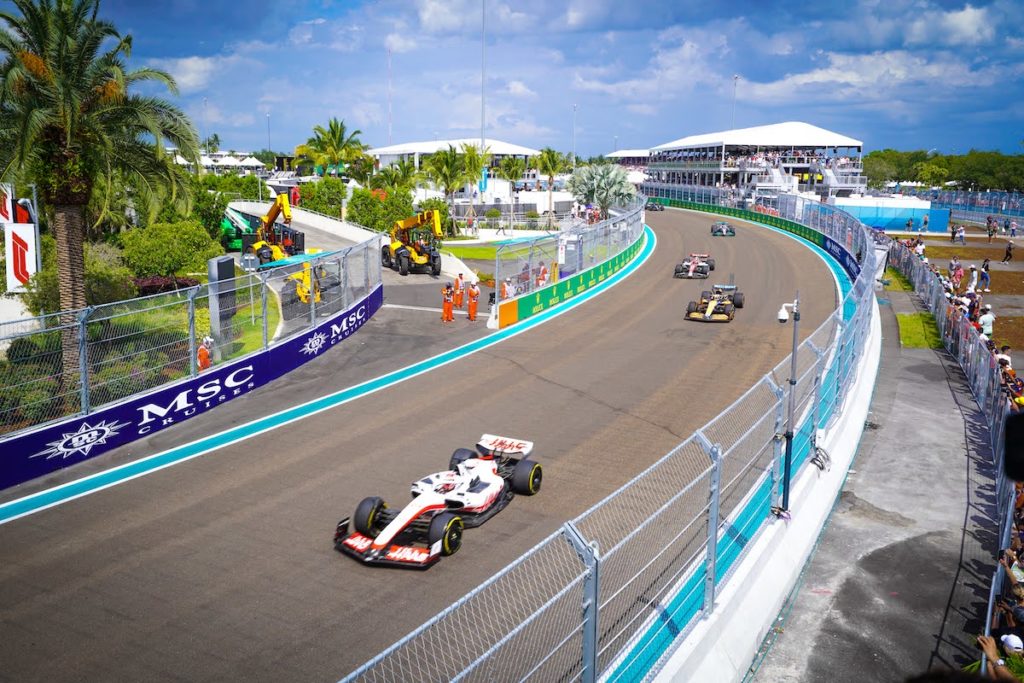
The Abu Dhabi, Miami and Canadian Grands Prix will all be on the schedule at the start of the 2030s, as will the Saudi Arabian Grand Prix and the Qatar Grand Prix – though the venue hosting those two races could change between now and the turn of the next decade.
The remaining races on the calendar are yet to secure deals beyond the end of this decade. Some, such as countries which have star drivers – the Netherlands, Mexico and Spain for example – and races in emerging markets for Formula 1, like the Chinese Grand Prix, are more likely to remain than other events.

Other races may move to a new location between now and 2030. Rumours of F1’s race in Brazil moving away from Interlagos, for example, have been persistent for years. In Saudi Arabia, race organisers recently announced that the Saudi Arabian Grand Prix will remain at Jeddah Corniche Circuit until at least 2027, with work continuing on a purpose-built circuit in Qiddiya, on the outskirts of Riyadh, which will likely take over as host of the event before 2030.
Formula 1’s legacy venues
Though yet to sign new deals, Formula 1’s legacy venues are also likely to remain. The Italian Grand Prix and the British Grand Prix have appeared on the Formula 1 calendar in every single season since 1950. It would be a surprise – and a shame – to lose either Monza or Silverstone from the schedule.
While both tracks have had financial difficulties and uncertain futures in the last decade, both now appear to be in a stronger position to maintain their respective places on the schedule. In a decade of change, Formula 1 will be keen to retain some stability with races at familiar, historic locations.
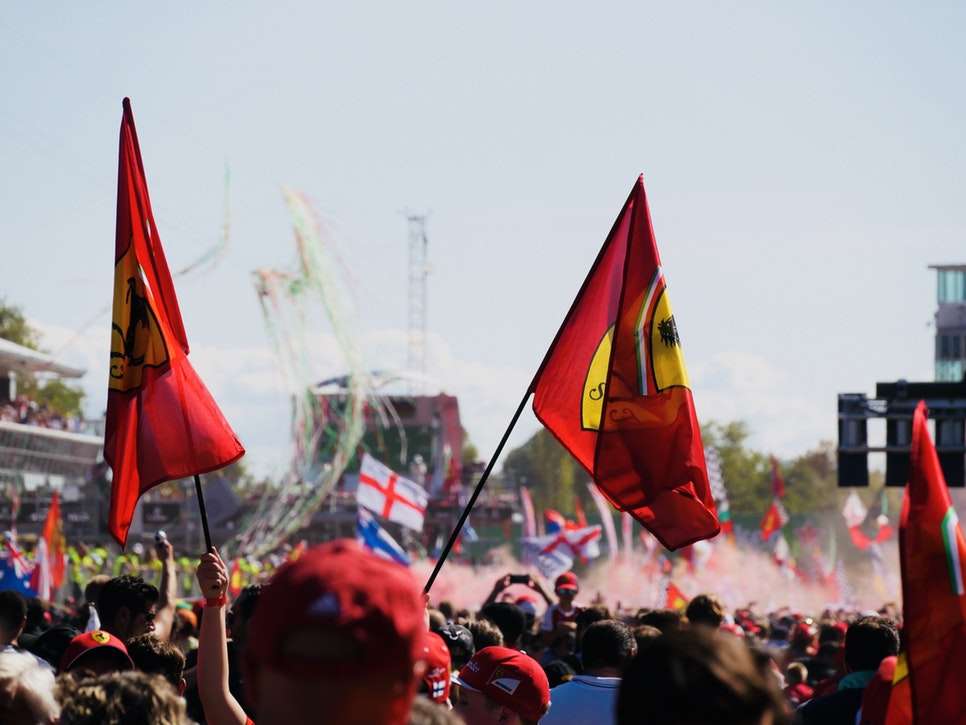
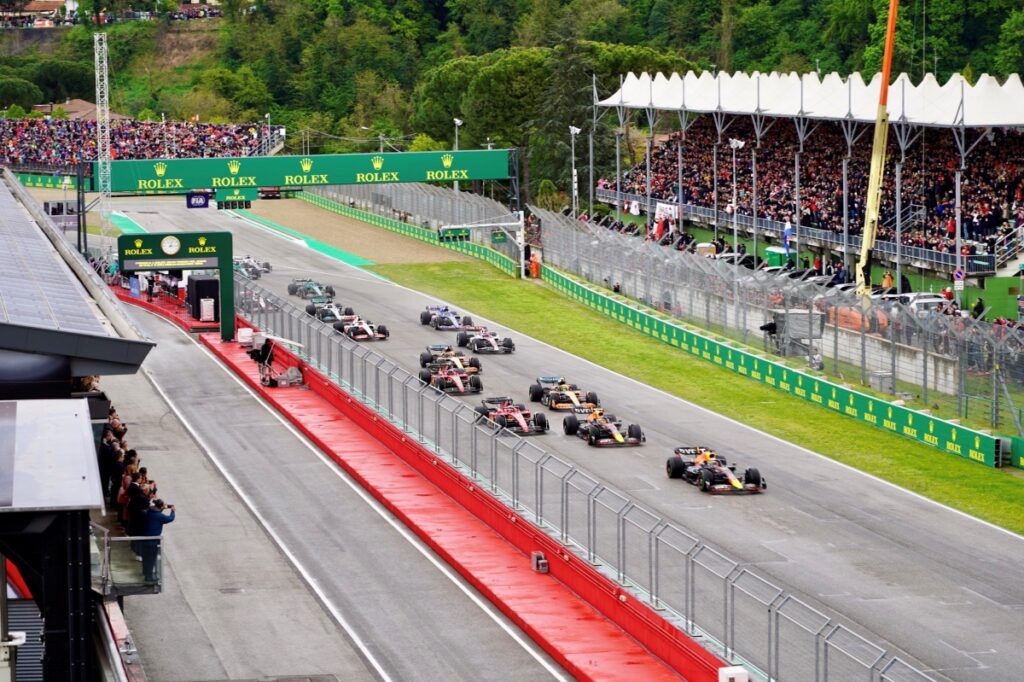
If Monza fails to secure a deal on its own, the other Italian venue on the current calendar – Imola, host of the Emilia Romagna Grand Prix – sees its contract end around a similar time as the Italian Grand Prix contract. Perhaps a logical solution would be for the two historic venues to alternate as host of the Italian Grand Prix; which would also free up another slot on the calendar for F1 to head to a new territory. More on that later.
The other legacy venues – namely Spa-Francorchamps and the iconic Monaco Grand Prix – are less certain of remaining on the Formula 1 calendar. The Belgian Grand Prix’s uncertain future has been well-documented in recent years, with Spa-Francorchamps securing only a single race deal to remain on the calendar in 2023. Its future beyond this season is still very much in doubt.
What about the Monaco Grand Prix?
As for Monaco, the Automobile Club of Monaco (ACM) has been able to secure a slightly longer-term deal, securing the Monaco Grand Prix’s place on the calendar through to 2025. The famous race around the principality is at risk of becoming out-dated, however. It’s still a prestigious event but the lack of overtaking opportunities can result in monotonous Sunday afternoons.
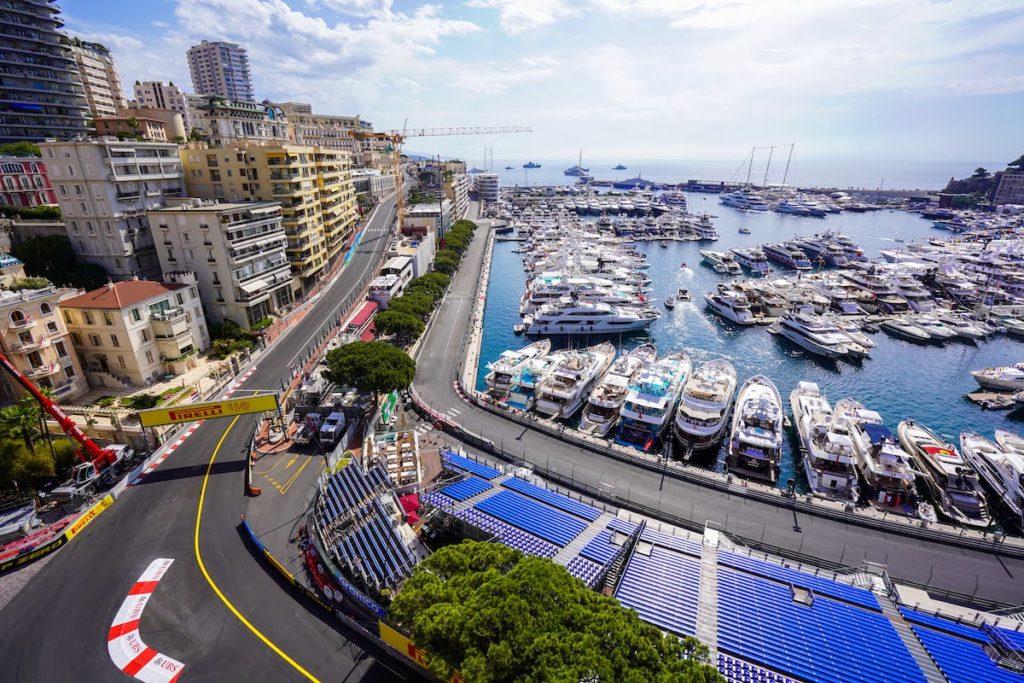
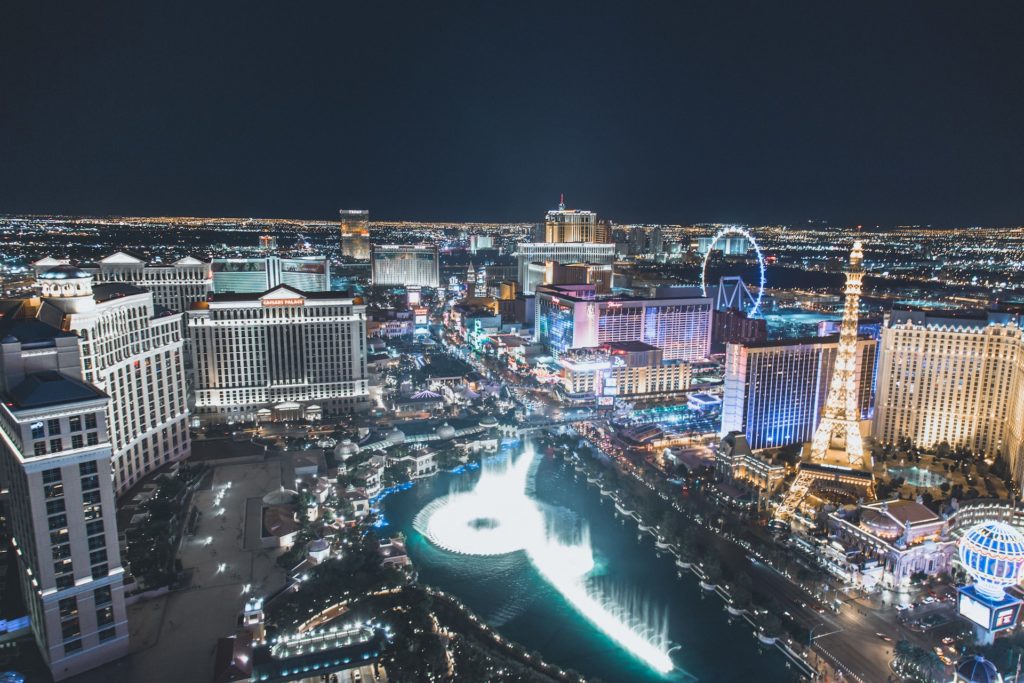
Another factor which could hinder Monaco’s position is the fact that F1 has big plans for the new-for-2023 Las Vegas Grand Prix and has pumped a considerable amount of money into the project. The new Saturday night race on a street circuit set around the Las Vegas Strip has plenty of hype surrounding it – and with good reason. It’s entirely possible that within the next five years Las Vegas could usurp Monaco as F1’s blue ribbon event. And if it does, will Monaco lose its bargaining chip in securing a new deal?
Will races be grouped by location on the 2030 Formula 1 calendar?
To many, Formula 1’s current calendar makes little logistical or economical sense. Placing separate trips to Miami and Canada in the midst of the European stretch of the schedule is not exactly environmentally friendly and is baffling to some, especially given Formula 1’s current environmental aims.
In 2019, Formula 1 announced plans for the sport to achieve net zero emissions by 2030. Progress has already been made with these aims, with the latest update in December 2022 sharing news of how the sport’s carbon footprint was already being reduced in a number of ways, including more efficient air freight transportation.
Where Formula 1 can improve is in its scheduling of races and by grouping events together based on their geographical region. The Miami and Canadian trips aside, Formula 1 does a pretty good job of doing this for its European races, which make up most of the mid-part of the season. Where it fails somewhat is with its flyaway visits for races in the Americas, in the Middle East, Australia and Asia.
Learn more: The Logistics of Formula 1
The road to eliminating unnecessary trips across the globe will be gradual, for there may be terms in some promoters’ current contracts which stipulate certain dates on which the Grand Prix can take place. Therefore, this could be a key sticking point in negotiations of new deals for circuits whose contracts expire before 2030.
It must be remembered, though, that there are unassailable factors which will prevent certain races from taking place at certain times of the year. The Miami Grand Prix, for example, will not take place during Florida’s hurricane season, which runs from August to October. Races in the Middle East will not take place during the summer months, where drivers would experience uncomfortable cockpit temperatures even if races were held at night. The Canadian Grand Prix will not be held earlier than May or later than October, due to the colder temperatures in Montreal in the Winter and early Spring.

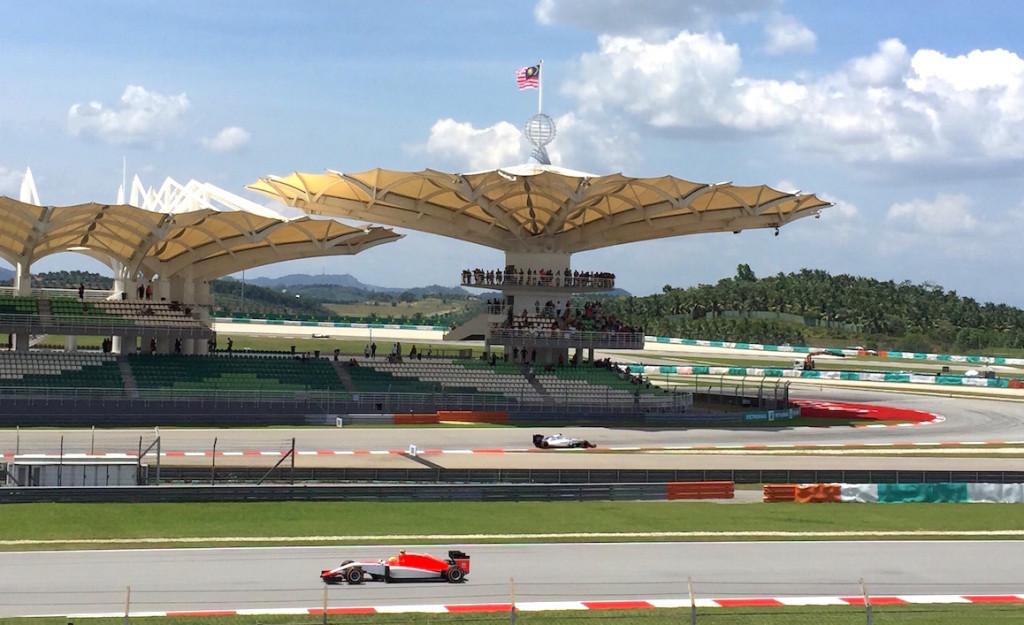
There is another potential disadvantage in grouping races together by region. Placing nearby races next to each other on the calendar may impact attendance figures, with local fans choosing one race over another. A similar situation played out when the Singapore Grand Prix was introduced in 2008. The nearby Malaysian Grand Prix suffered a loss in ticket sales and eventually disappeared from the Formula 1 calendar, partly due to the addition of the Singapore round.
Nevertheless, grouping races together by region may open up new opportunities to cut down on air travel. Moving freight by train is one efficient way of transporting equipment which Formula 1 has rarely, if at all, previously utilised. There may be greener road transportation options on the horizon, too. In 2022, Mercedes trialled the use of biofuels in their team trucks, which cut emissions by an impressive 89%. Technologies in this area will undoubtedly progress further over the coming years.
Formula 1 has made big promises to be more environmentally friendly and achieve its sustainability goals by 2030. The organisation of the calendar will be a major part of this in the not too distant future.
How long will future Formula 1 seasons be?
Formula 1’s calendar expansion in recent years – from 19 races in 2010 to the 23 scheduled in 2023 – has put a strain on those working within the sport. Triple headers mean that team members must spend upwards of three weeks away from home, often across several continents. Many within the paddock feel that the sport is pushing the limits of what is feasible – but the Formula 1 calendar could yet grow further in the coming years.
Stefano Domenicali says there is sufficient interest from new or returning venues to increase the Formula 1 calendar to at least 30 races per year. However, under the current Formula 1 regulations, that will not happen. At present, the maximum number of races per season is capped at 24. The cap has increased in recent years, having previously stood at 21 as recently as 2019.
The F1 CEO recently said that 24 is the “maximum” number of races which the sport can host in a year, however Formula 1 is actively pursuing ways of expanding the calendar to 25 races, having recently advertised a job in which one of the roles is to execute the “business strategy of growing the future race calendar to up to 25 races”.
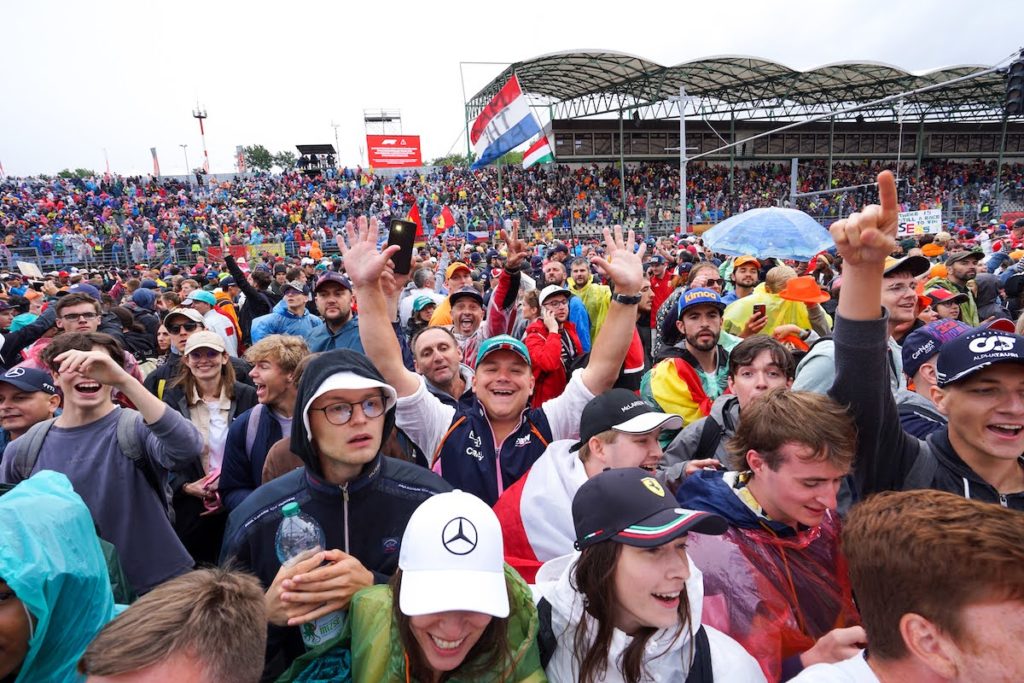
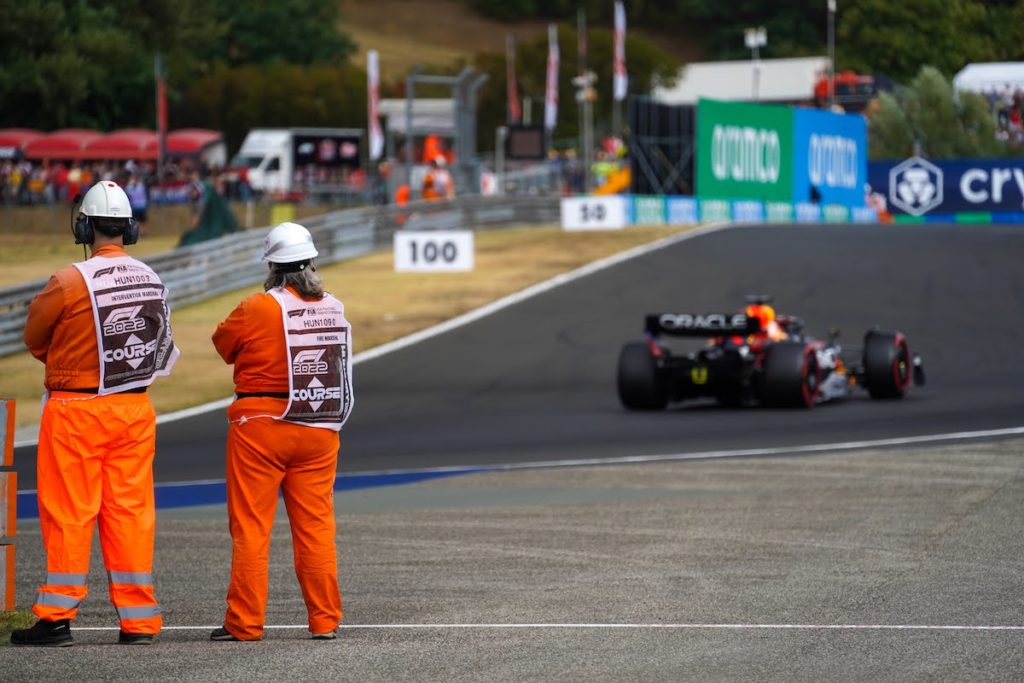
In recent years Formula 1 has incorporated triple headers into its schedule in order to add more events to the calendar, with races on three successive weekends. Though unpopular with teams due to the strain on human resources, it does not seem that triple headers will become a thing of the past any time soon. The triple header towards the end of the 2021 season – when F1 raced on three continents in three weeks was a particular challenge. If races are grouped together by location, this may help to ease some of the strains that teams face.
It’s also possible to lessen the impact on teams during the season by expanding the calendar into late February or early December, though this would bring its own issues. Expanding the season time-wise would hinder teams’ preparations for the following year. Something that is unlikely to change in future seasons is the much-needed three to four week summer shutdown during the month of August.
With a limited number of weekends available and a growing list of countries interested in hosting Formula 1 races, an elegant solution to the issue of having more venues than available race slots would be to feature races on a rotational basis. As mentioned earlier, Imola and Monza could rotate as hosts of the Italian Grand Prix. The French and Belgian Grands Prix could also alternate, with Circuit Paul Ricard – which lost its place on the Formula 1 calendar in 2023 – and Spa Francorchamps – which could end up off the schedule in 2024 – sharing a slot on the calendar and hosting events in alternate seasons. Formula 1 can easily add more locations to future calendars, provided they are happy to accept hosting races on a biennial basis.
Which events will open and close the season?
The first and final slots on the Formula 1 calendar are much sought after, given that all eyes are on the season-opener and the season-closing destination has the potential to host a memorable title showdown. As a result, the honour of hosting these two events usually goes to the highest bidder.
The Bahrain Grand Prix has been the season-opener in the last two seasons and will host the first race of the 2023 season on March 5. As a result of Ramadan, it’s expected that the season-opener will move away from Bahrain in the coming years. The Saudi Arabian Grand Prix is slated to be the first race of the 2024 season, while the Australian Grand Prix has a clause in its contract stipulating that it will host the first race of the year “at least” four times before its current deal expires in 2037.
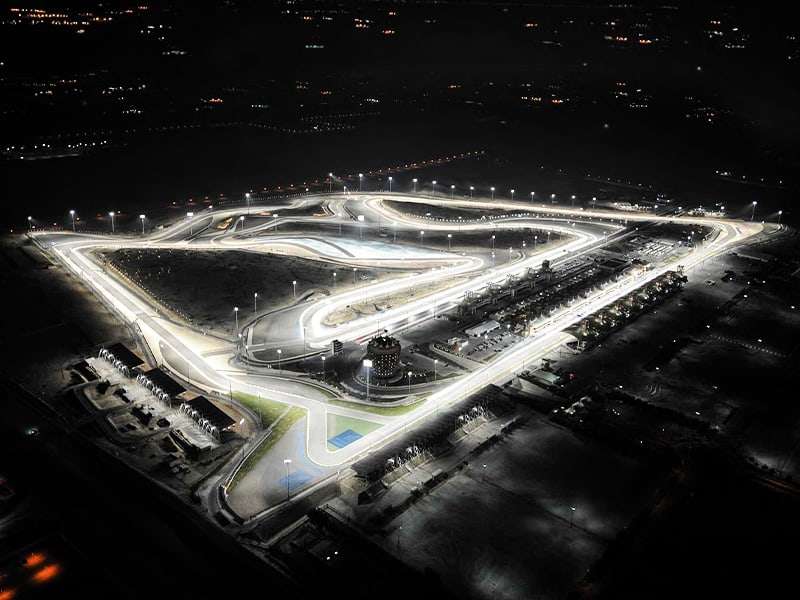

As a result of these factors, it seems that the season-opening event will rotate between Bahrain, Saudi Arabia and Australia for the rest of the 2020s. After that, the slot is likely to go to the highest bidder.
Organisers at the Abu Dhabi Grand Prix clearly have the money available to take the finale slot, having hosted the last race in every F1 season since 2014. The circuit’s current contract, signed in late 2021, keeps the venue on the calendar until 2030 – but it is not known if hosting the final race of the year until then is a clause included in the contract.
Yas Marina Circuit is likely to remain as the venue for the final race of the year, unless another venue can outbid it. As for events which could outbid the Abu Dhabi race, look at other oil-rich countries, such as Qatar, Bahrain or Saudi Arabia as potential season-ending destinations.
Where does America fit in on future F1 calendars?
Another key point in what the Formula 1 calendar will look like by 2030 is the sport’s presence in the United States. In the past five years, F1 has enjoyed a surge in interest in America thanks to more easily accessible TV coverage and the Netflix series Drive to Survive. Attendance figures at the United States Grand Prix have grown exponentially as a result, with a record-breaking weekend attendance of 440,000 fans in 2022.
The rising interest has given Formula 1 the confidence to add a further two races in the United States, with the Miami Grand Prix making its debut in 2022 and the Las Vegas Grand Prix set to make its inaugural appearance in 2023.
With hype building around the Las Vegas Grand Prix, Formula 1’s American boom is likely to continue – especially with American driver Logan Sargeant joining the grid in 2023 and the potential for the American Andretti team to enter as the eleventh team in the near-future.
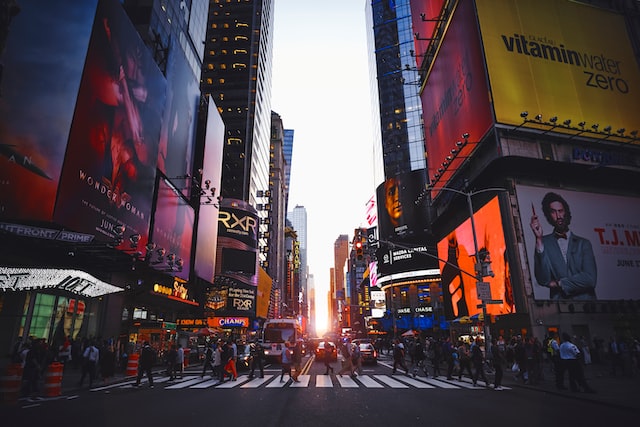
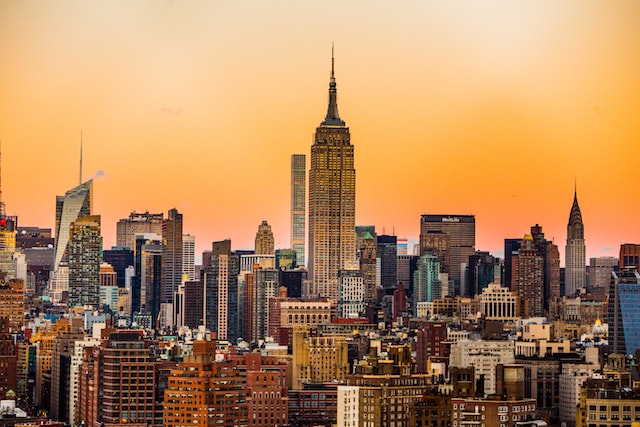
The question is: how long can F1’s impact in America be sustained? If the sport’s relevance and importance in the United States continue to grow, there could be yet more stateside additions to the Formula 1 calendar in years to come.
Interestingly, when Formula 1 trademarked the Miami and Las Vegas Grand Prix event titles, it also trademarked the ‘New York Grand Prix’ title. There’s yet to be any public confirmation of plans for a race in the Big Apple – but don’t rule it out.
Aside from New York, the Indianapolis Motor Speedway could be a potential location for Formula 1 to return to in the coming years. Since acquiring the circuit in 2019, Roger Penske has spoken on numerous occasions about his desire to bring Formula 1 back to the famous brickyard.
Which new events will join the Formula 1 calendar?
America aside, which other venues could join the Formula 1 calendar in the coming years? Since the turn of the millennium, and not including races which joined as a result of the coronavirus pandemic, Formula 1 has added 15 new circuits to its schedule, and has revived the Austrian, French and Dutch Grands Prix. Of those 18 new or returning circuits, only ten appear on the 2023 Formula 1 calendar.
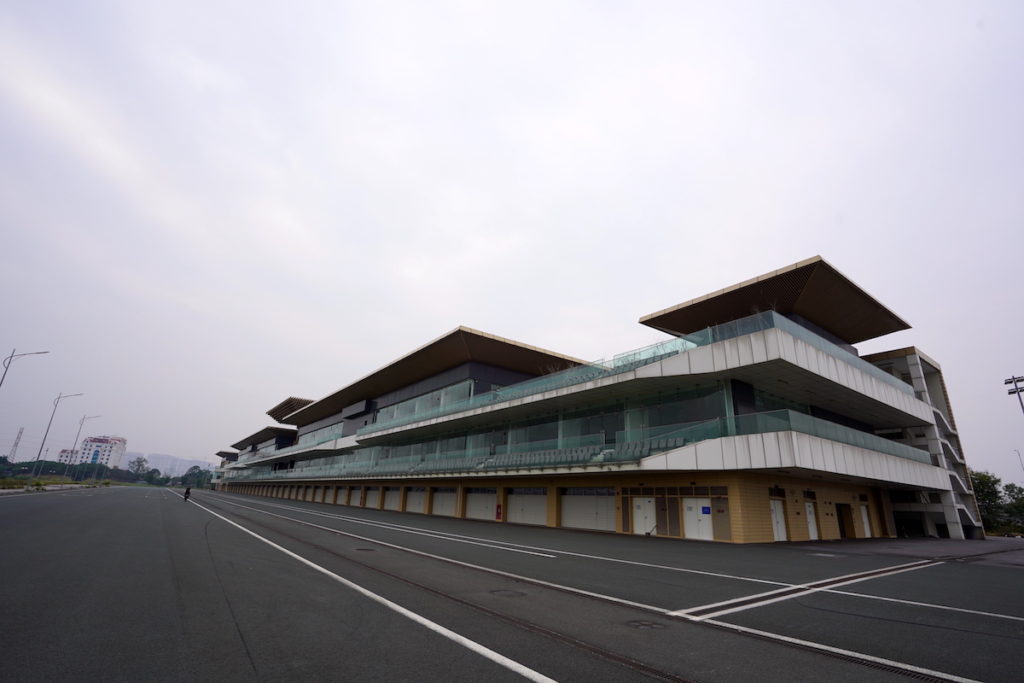

Since Liberty Media’s takeover of Formula 1 in 2017, the buzz words when discussing new races have been “emerging markets” and “destination cities”. Ticking both boxes, the first new deal signed under Liberty’s ownership was that of the seemingly doomed Vietnam Grand Prix in Hanoi. The first race at the new Hanoi circuit was cancelled just a few weeks before it was scheduled to take place as the coronavirus pandemic spoiled any plans for a race at the track. Formula 1 has never staged a race in Vietnam since and there are no concrete plans for it to return.
Despite never actually racing there, Liberty’s signing of a contract with Vietnam – a country which has little in the way of motorsport heritage – showed that the new owners are willing to explore new markets. Some of Formula 1’s other recent forays into new countries, like South Korea and India, have been far from successful, with those two events being indefinitely cancelled after only a handful of races at each track.

Under F1’s previous owners, the failure of the Indian Grand Prix in the early 2010s was a major disappointment, given that India is a key global market and the sport had both an Indian team and an Indian driver on the grid at the time of the first race. Perhaps India is a country which, under Liberty’s ownership, Formula 1 should take a second look at – ideally on a track in a “destination city”, bringing racing to the people rather than expecting them to travel to it.
Another major omission from the current Formula 1 calendar is the African continent. Formula 1 previously raced in South Africa between 1962 and 1993. The South African Grand Prix was heavily rumoured for a comeback in 2023 but issues with the proposed promoter of the event saw the deal called off. F1 is still keen on a return to South Africa and it would be no surprise to see Kyalami back on the schedule before 2030.
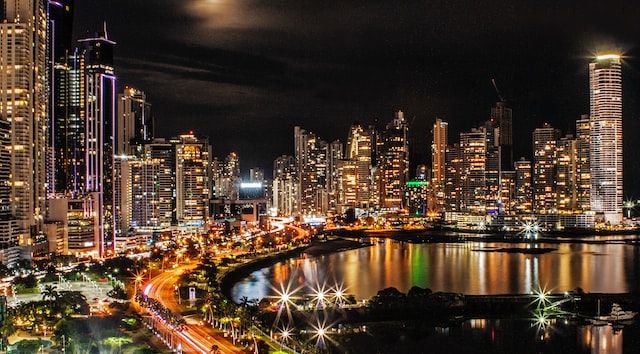
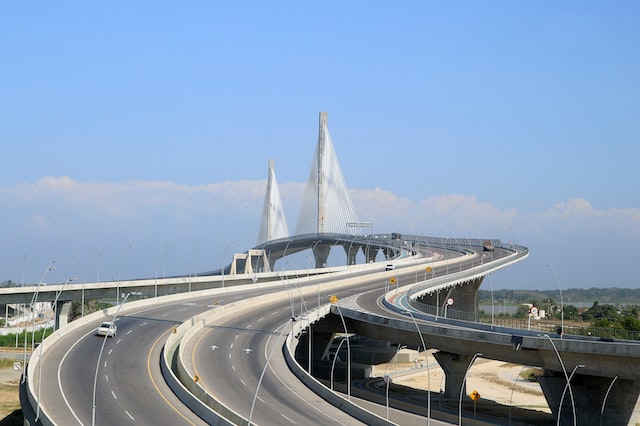
Other countries with a chance of hosting a Grand Prix in the near future include Colombia, tipped to host the ‘Caribbean Grand Prix’. A return to Germany is also mooted, particularly given that German manufacturers Audi and Porsche are expected to be involved in F1 by 2030. The Nurburgring has plenty of Formula 1 history and last hosted a Grand Prix amid the pandemic in 2020. To avoid a calendar that is European-centric, perhaps a deal could be struck for Germany to appear on a rotational basis – like the French and Belgian Grands Prix mentioned earlier.
Plenty of other countries have been linked to F1 race slots in recent years. Many fans would like to see the sport return to Sepang International Circuit in Malaysia, while Istanbul Park provided great racing action when it returned to host the Turkish Grand Prix in 2020 and 2021, and Istanbul fits the bill for a ‘destination city.’ Portugal could also be in line for a more permanent place on the schedule, while other races have been rumoured in Panama, Thailand and Nice, France.
Wildcard destinations
Wildcard events could also be a great way of bringing Formula 1 to new destinations. For example, a Grand Prix in London has been much discussed but several obvious stumbling blocks have stood in the way of an event in one of the world’s busiest capital cities becoming a reality.
That being said, could Formula 1 be more welcomed in bigger cities if it was for a one-off Grand Prix, rather than an annual visit? A one-off event – rather than a long-term contract and the annual upheaval that would bring to a city – would make events in destination cities a bigger occasion.
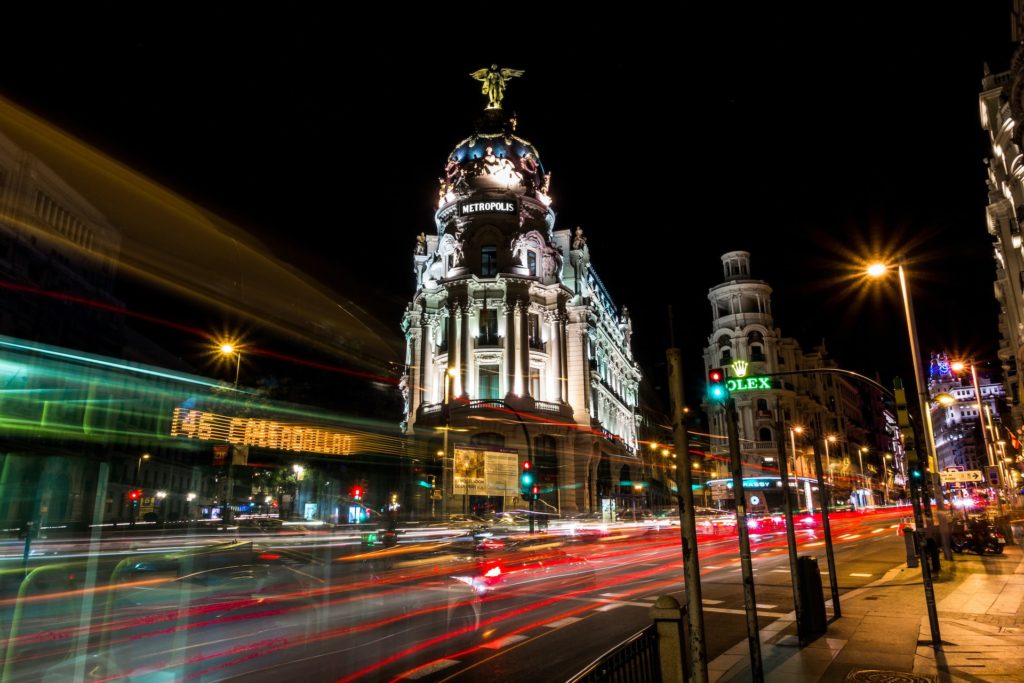
Spanish capital Madrid has recently publicly expressed interest in hosting a Formula 1 race and is set to be the home of the first-ever official Formula 1 Exhibition in 2023. Formula 1 could do worse than taking a leaf out of Formula E’s book by bringing street racing to some of the world’s iconic cities. If Formula 1 takes that approach, perhaps races in London, Madrid or even New York could be on the horizon.
So what might a 2030 Formula 1 calendar look like?
Just for fun, here’s our attempt at putting together a 2030 Formula 1 calendar. This is, of course, educated guesswork. While Formula 1 may choose to completely overhaul its calendar, the schedule presented here is an evolution of the current calendar, taking onboard F1’s goals of reducing its carbon footprint and cutting down on unnecessary travel.
We’ve included 25 rounds, introducing new venues and retaining the iconic races already on the Formula 1 calendar. To fit in 25 races, we’ve had to include some triple header events. However, these are in locations which are close to one another, instead of criss-crossing continents for three successive weekends, easing the strain for all involved.
Our proposed 2030 Formula 1 calendar
| Date | Race |
|---|---|
| March 3 | Australian Grand Prix, Albert Park |
| March 17 | Bahrain Grand Prix, Bahrain International Circuit |
| March 24 | Saudi Arabian Grand Prix, Qiddiya |
| March 31 | Qatar Grand Prix, Lusail Circuit |
| April 14 | South African Grand Prix, Kyalami |
| April 28 | United States Grand Prix, Circuit of The Americas |
| May 5 | Miami Grand Prix, Miami International Autodrome |
| May 12 | Canadian Grand Prix, Circuit Gilles Villeneuve |
| May 26 | Monaco Grand Prix, Circuit de Monaco |
| June 2 | French Grand Prix, Circuit Paul Ricard (rotating with Spain and Austria) |
| June 16 | Madrid Grand Prix, Madrid Street Circuit (wildcard event) |
| June 23 | British Grand Prix, Silverstone |
| July 7 | Dutch Grand Prix, Zandvoort (rotating with Belgium and Germany) |
| July 21 | Italian Grand Prix, Monza |
| July 28 | Hungarian Grand Prix, Hungaroring |
| August 25 | Azerbaijan Grand Prix, Baku City Circuit |
| September 8 | Japanese Grand Prix, Suzuka |
| September 15 | Chinese Grand Prix, Shanghai International Circuit |
| September 22 | Singapore Grand Prix, Marina Bay Circuit |
| October 6 | New York Grand Prix, New York Circuit |
| October 12 | Las Vegas Grand Prix, Las Vegas Street Circuit |
| October 27 | Mexico City Grand Prix, Autodromo Hermanos Rodriguez |
| November 3 | Colombian Grand Prix, Barranquilla Circuit |
| November 17 | São Paulo Grand Prix, Interlagos |
| December 1 | Abu Dhabi Grand Prix, Yas Marina Circuit |
With the net zero aims in consideration, it would make sense for the Formula 1 calendar to start at its furthest out point: Australia. After Melbourne, it would then be logical to head to the Middle East for races in Bahrain, Saudi Arabia and Qatar. Then, a triple header of races in the Americas is possible in the early spring: Texas, Miami and Canada, the latter taking place in early May to avoid Montreal’s coldest spell.
The big question, if South Africa returns to the calendar, is how to slot the event in to fit with other races. Between the Middle East and American races could be a good place to hold it, while after Montreal also seems a viable option.
It’s back to Europe for the summer, starting with the Monaco Grand Prix in its traditional late May slot. We’ve included a wildcard event on this schedule – in this case Madrid, a one-off event taking place on the streets of a European city. We’ve also utilised the idea of rotational rounds, with races remaining on the calendar with appearances every two or three years.
The sport should take a logical journey through the continent, touring through bordering countries – instead of jumping from one side of Europe to the other – and allowing greater use of road and rail travel. For that reason, we suggest that the Azerbaijan Grand Prix – the eastern most European race of the season – kicks off the second half of the calendar after the summer break.
From Azerbaijan, there’s a two-week break before the Asian leg of the calendar. Japan, China and Singapore all slot into this leg of the calendar before a return to the Americas for further races: New York, Las Vegas, Mexico, Colombia and Brazil, with the sport moving southwards throughout its journey across the two American continents. It’s difficult to see anywhere other than Abu Dhabi continuing to host the final race of the season for the foreseeable future, so we’ve placed it as the last of the 25 rounds.
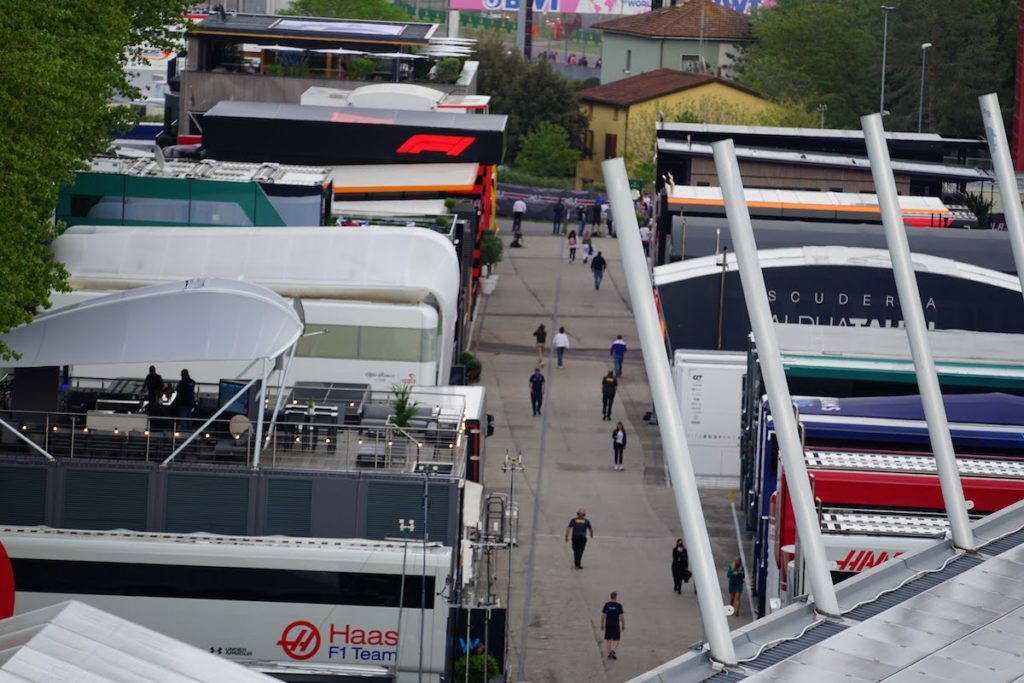

While it stretches over nine full months, this 25-race calendar fulfils F1’s wishes for greater sustainability in the sector of travel and transportation, whilst avoiding most potential weather issues.
Point to point, the distance between the 23 circuits on the 2023 Formula 1 calendar is just over 130,000km. On our proposed 2030 calendar, the distance between the 25 circuits is just over 100,000km – cutting travel by around a quarter, despite adding an extra two rounds. The way we’ve set the calendar out also allows for greater use of sustainable road transportation, rather than racking up unnecessary air miles.
As we said in our disclaimer, this is just educated guesswork. As the new decade edges closer, it will be fascinating to see how Formula 1 overcomes its hurdles in putting together its 2030 calendar.



